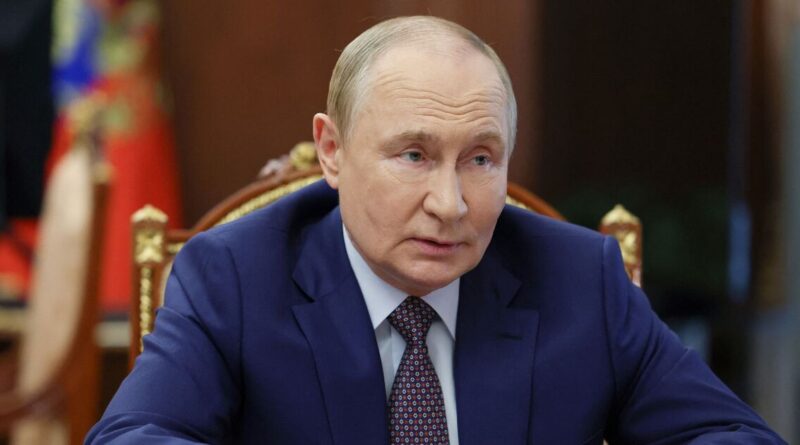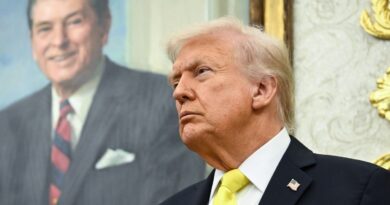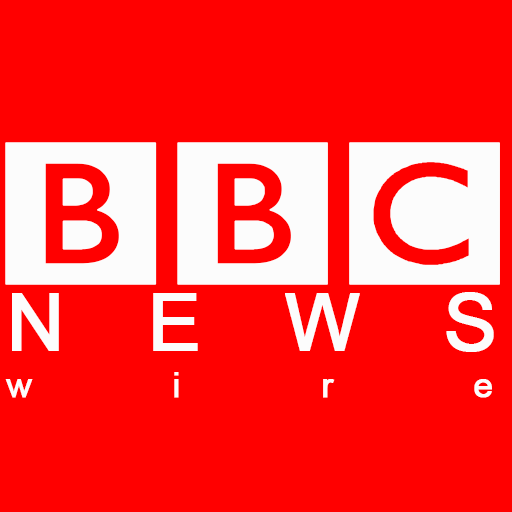Russia economy meltdown as ‘very severe stagnation’ warning sent | World | News
The Russian Central Bank has raised its 2026 inflation forecast to between 4% and 5% from 4% previously, according to its Friday statement. This comes following US President Donald Trump’s imposed sanctions on Russian oil companies. On Wednesday, Donald Trump imposed Ukraine-related sanctions on Russia for the first time in his second term, targeting oil giants Lukoil and Rosneft, which produce half of Russia‘s oil.
Vladimir Putin said that the US sanctions were of a “serious nature” and would lead to “certain losses”. However, he claimed that they would not significantly impact Russia‘s economy.
“The current inflationary pressures will temporarily increase in late 2025 and early 2026 because of a number of factors, including price adjustments and the reaction of inflation expectations to the upcoming VAT rise,” the Central Bank said in a statement.
“The Central Bank is essentially stating that next year we may see very severe economic stagnation,” Yevgeny Kogan, an independent economist, wrote on Telegram after the decision.
Russian growth is predicted to slow to around 1% in 2025 and the government has raised taxes to balance next year’s budget. High interest rates have also curbed investment. On Friday, Russia annouced a 0.5% cut to its key interest rate, from 17% to 16.5%.
Analysts were split about the decision of cutting interest rate. The symbollic cut should make loans in Russia slightly cheaper, encouraging spending and investment.
But there have been expectations for the bank to cut faster and more aggressively, reflecting the uncertainty over how long strict monetary conditions can coexist with slowing economy and labour shortage.
“The combination of managing escalating foreign sanctions on the economy, together with the need to maintain a high level of industrial output to produce the armaments necessary to prolong its war on Ukraine, has put the bank’s governor, Elvira Nabiullina, in a tough spot,” Politico writes.
Businesses have opposed high borrowing costs, which they say are slowing growth and holding the economy back.
They say they need interest rates at around 12% to 14% for investment and economic growth to resume.
But the Central Bank maintains that high rates are needed to bring down inflation, driven by fuel costs and a seasonal jump in food prices.
In its Friday statement, the Central Bank increased its average interest rate estimate for 2026 to between 13% and 15% from between 12% and 13% before.





